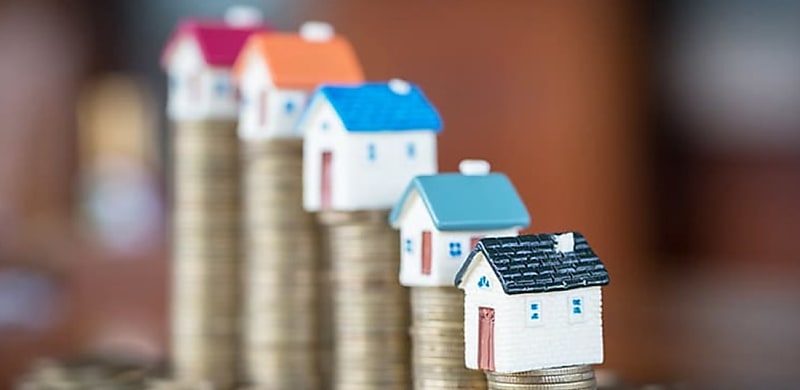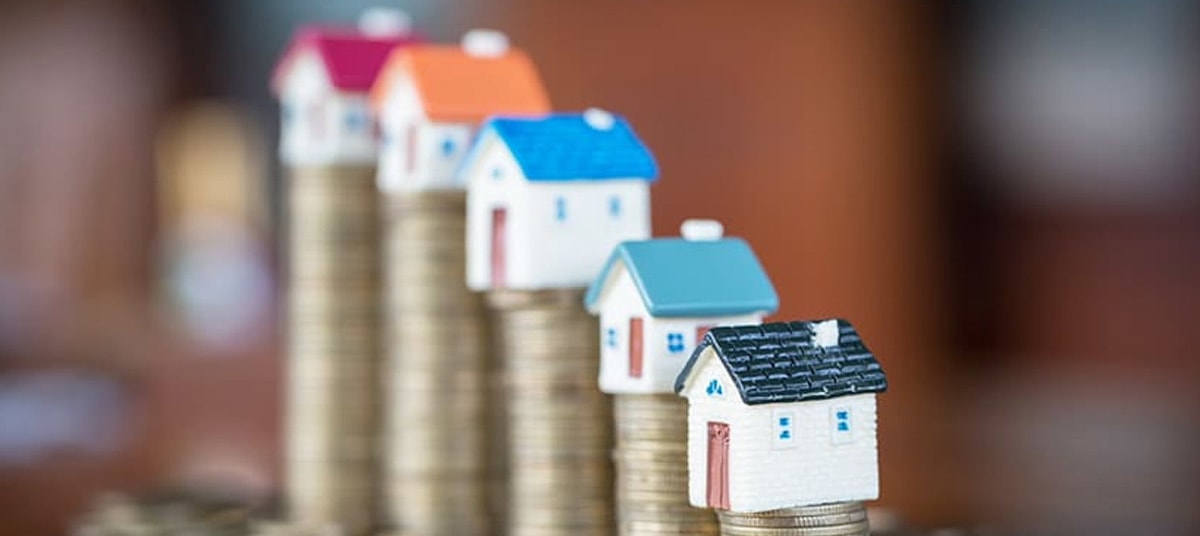
Yet another increasing tax in Victoria will only further incentivise investors – and particularly SMSF trustees – to review their property investments in the state, according to a legal specialist.
The state government of Victoria has announced that the Fire Services Property Levy (FSPL) will be replaced by the Emergency Services and Volunteers Fund (ESVF) from 1 July 2025, leading to warnings that this could further worsen property investment in the state.
DBA Lawyers director Daniel Butler has said that Victoria’s substantial increase of between 100 and 190 per cent to the Fire Services Property Levy (FSPL) could make the impost on property investment in Victoria, particularly for SMSF trustees, unbearable.
According to Butler, other than limited exemptions and concessions, all property owners in Victoria are required to pay the FSPL, which is to be renamed to the Emergency Services and Volunteers Fund (ESVF) from 1 July 2025.
Beyond being a cosmetic change, the renaming of the levy reflects the additional services that will be covered, such as Triple Zero Victoria, the State Control Centre, Emergency Management Victoria, and Forest Fire Management Victoria. The levy also funds the Fire Recovery Victoria, the Country Fire Authority, and Fire Rescue Victoria.
“There is a fixed amount and a variable rate involved in calculating the levy each year,” Butler said.
“The fixed amount for residential property will increase, in line with CPI for Melbourne, from $132 to $136. For other types of land, the fixed rate will rise from $267 to $276 between the 2024–25 and 2025–26 period, e.g. commercial or industrial land will be $276 plus the variable rate from 1 July 2025.
“The variable rate will undergo a substantial increase. The variable rate is calculated as a prescribed cent value per $1,000 of the property’s Capital Improved Value (CIV).”
For residential and non-residential principal places of residence (PPR), the variable rate will increase from 8.7 to 17.3¢ (around 99 per cent). For commercial land, it will rise from 66.4 to 133¢ (around 100 per cent), while industrial land will increase from 81.1 to 133¢ (around 64 per cent), and primary production land will jump around 189 per cent from 28.7 to 83¢.
“The Department of Treasury and Finance (DTF) has calculated that the median ESVF liability will rise from $191 to $254 for PPRs, from $748 to $1,240 for commercial land and from $859 to $1,247 for industrial land as a result of the increased variable rates,” Butler said.
“The median ESVF for primary producers will increase from $621 to $1,299 (around a 109 per cent increase).”
He added that while these median increases are substantial, some are going to be slugged even more, saying that some farmers will see “massive increases” of more than 170 per cent on their levy for 2025–26 compared with their 2024–25 levy.
“For example, a farmer with $2 million of land will have a 130 per cent increase in 2025–26 compared to their 2024–25 levy, and if a farmer has a $5 million farm, they will have a 160 per cent increase in the levy in 2025–26,” Butler said.
The only exemption to the ESVF is for active volunteers and life members for emergency services volunteers.
“This exemption will only be available for an individual’s primary place of residence (such as a house or farm). This is designed to encourage more Victorians to volunteer to provide emergency services,” he said.
However, farmers with multiple properties that operate as a single enterprise may also be eligible to pay a single fixed charge under the single farming enterprise exemption, while holders of pensioner concession cards and Department of Veterans’ Affairs Gold Cards will be entitled to a $50 concession on their levy, claimable once per property per year.
“Many are reviewing their property investments in Victoria given recent tax increases and the introduction of a range of new taxes including the Vacant Residential Land Tax (VRLT), the short stay levy and an increase in other property costs,” Butler said.
“In some cases, clients are finding the net rent does not even cover the tax payable even where there is no interest payable on loans.”
Victoria introduces new levies and taxes this year
The changing levy is the latest in a swathe of taxes and levies being placed on Victorian property holders.
As of 1 January 2025, a new levy came into effect that applies to short stays in Victorian properties where a fee is charged.
The levy applies to short stays in accommodations like entire homes, private rooms not in a primary residence, granny flats, separate dwellings, or tiny homes on land, but excludes hotels and motels.
It is a flat 7.5 per cent of total booking fees, including cleaning fees and GST, but excludes credit card fees.
Other changes introduced this year include a new vacant residential land tax, where a new rate is charged for homes that have been unoccupied for more than six months in a calendar year.
The tax is charged annually and is calculated on the property’s capital improved value, depending on the duration of its vacancy. For example, the rate charged is 1 per cent of capital improved value for the first year, 2 per cent for the second year, 3 per cent for the third year onwards.
Brokers have previously said that the high tax burden for home owners is driving away investors and has seen falling demand for property.
Indeed, Melbourne was one of the few capital cities to experience house price decreases last year, with values falling by 3 per cent in 2024, according to CoreLogic.
[Related: Victoria ‘off-limits’ for investors amid higher taxes]
 Login
Login










JOIN THE DISCUSSION